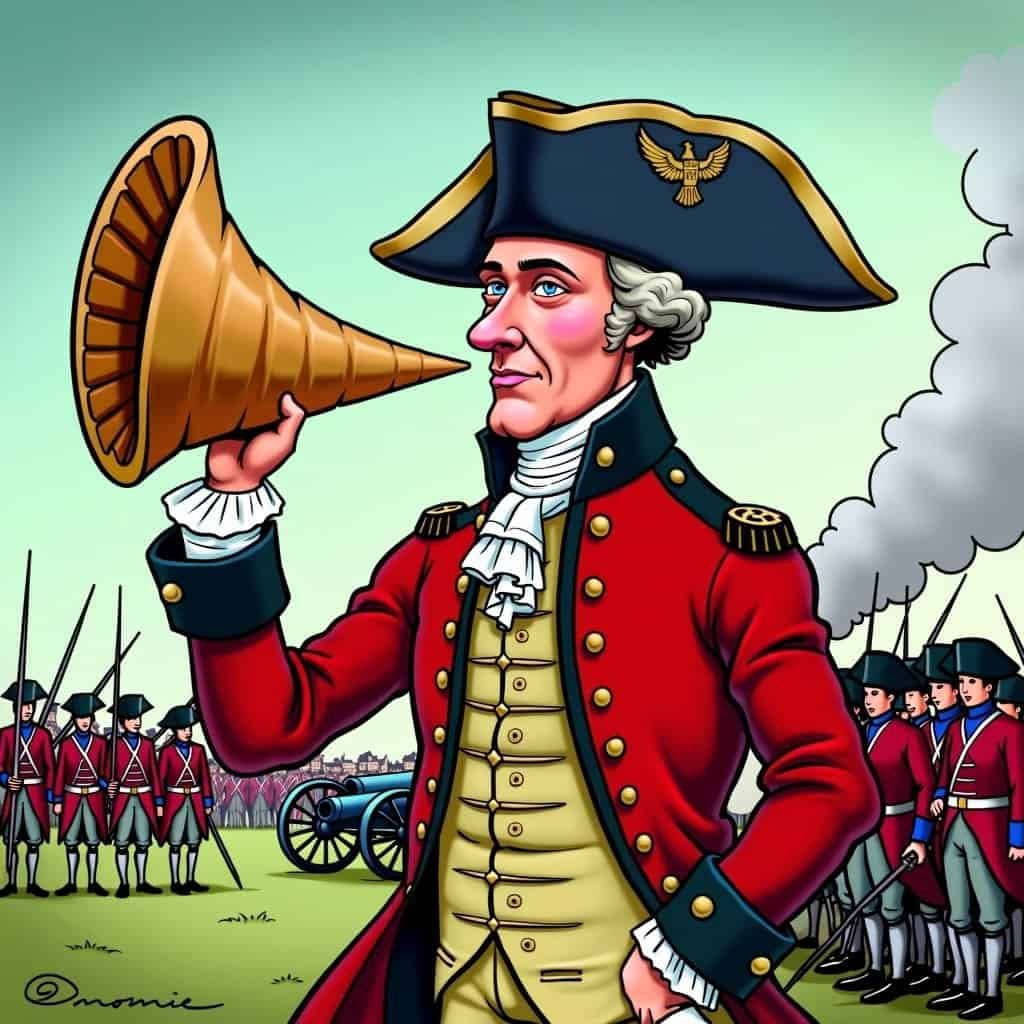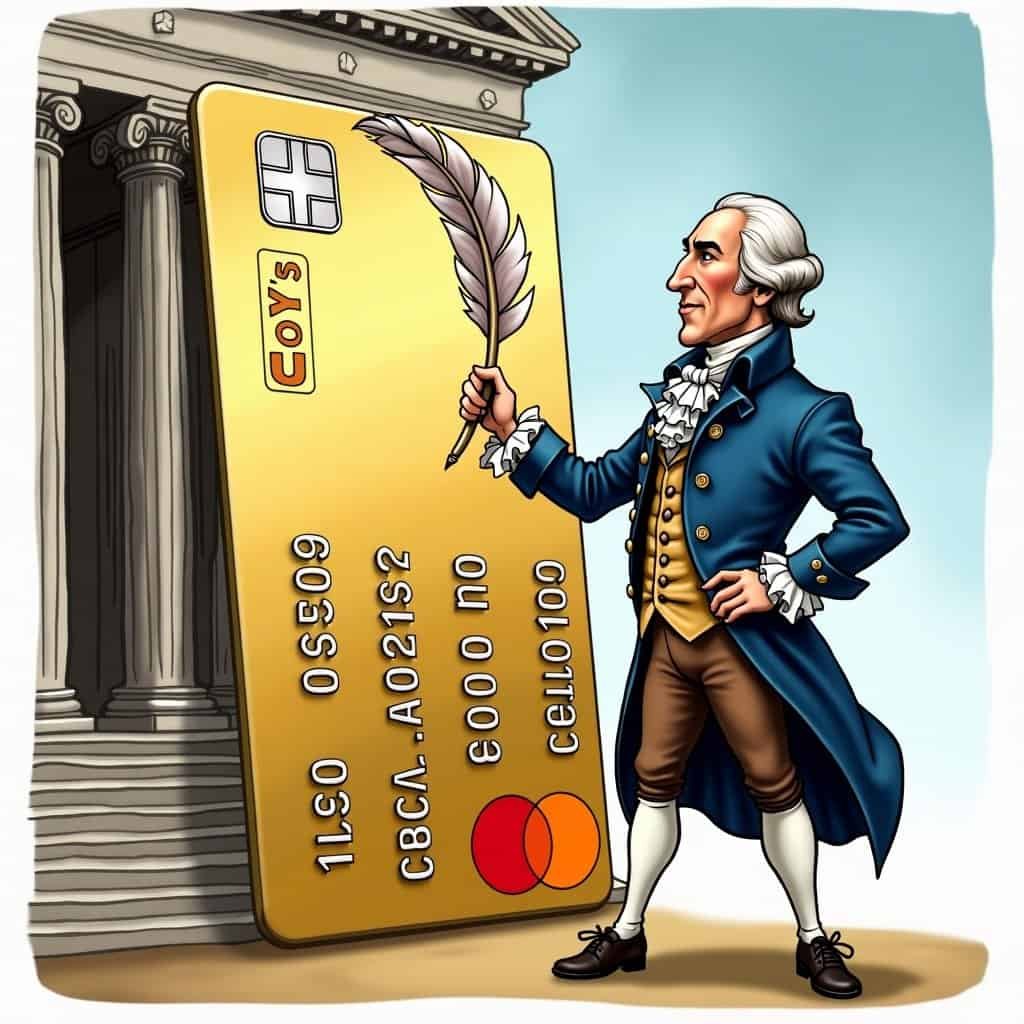Picture this: it’s the late 18th century, and America is a young nation, barely crawling out of its cradle, trying to find its footing on the slippery slope of economic viability. Enter Alexander Hamilton, a Founding Father with a knack for financial chess—not the kind you find at a checkered board, but the high-stakes game of commerce, finance, and national growth. Hamilton wasn’t just any guy in a powdered wig; he was the original mastermind of capitalism with a patriotic twist.
Hamilton didn’t buy into the idea of handouts. No sir. He pictured a self-sufficient country built on commerce and innovation, not government dependency. Where some saw a ragged colony as the underdog of the global economy, Hamilton saw America as a potential commerce powerhouse. Talk about thinking ahead! His policies and strategies became the original blueprint for encouraging innovation and entrepreneurship—as quintessentially American as apple pie and a Fourth of July barbecue.
Hamilton’s Economic Priorities
You’ve got to hand it to Hamilton for his priorities. Instead of giving in to the temptation of government-overreach economics, he rolled up his sleeves and set up policies that favored industry and trade. In Hamilton’s mind, industry was the backbone of national growth, not handouts or coddling policies that would’ve crippled the economy. His Report on Manufactures, for instance, was basically a rallying cry for America to stand tall as a competitive player on the global stage. What did he want? Innovation, job creation, and a consistent upward trajectory. Oh, and no heavy-handed government meddling, thank you very much.
Hamilton’s Economic Vision
- ✅ Self-sufficient country
- ✅ Focus on commerce and innovation
- ✅ Industry as the backbone of growth
- ✅ Competitive on the global stage
- ❌ Government dependency
- ❌ Handouts and subsidies
- ❌ Heavy-handed government interference
Just think about it: had Hamilton been alive today, he’d probably be grinning ear-to-ear at private-sector tax cuts, deregulation, and policies aimed at broadening the scope of prosperity. Conservatives argue that lower taxes on businesses spur reinvestments, create jobs, and elevate living standards—Hamilton would’ve stamped a big, bold “Approved” on that philosophy. He knew that for any key infrastructure to thrive—like the mighty, then budding American economy—you need hardworking citizens and a system that encourages personal responsibility and creativity, not scapegoats and subsidies.
Structured Freedom: Hamilton’s Balancing Act
Yet, Hamilton wasn’t some loose cannon throwing government principles to the wind. He thrived on balance, a.k.a., “structured freedom.” He wanted a national bank—not because he wanted big government, but because a strong financial institution ensured private investors could have their skin in the game. Yes, a few folks labeled him “elitist” back then, but since when did being a fan of success and strategic financial growth become a crime?
Over on the other side of today’s political aisle, progressive ideals often stray far from Hamilton’s principles. Redistribution economics and high-tax policies aim to shrink the wealth gap, but often at the expense of general prosperity. Hamilton’s genius was in realizing that wealth itself isn’t the problem; the problem is failing to create policies that naturally spread benefits through hard work, smart investments, and economic expansion. Trickle-down economics? Hamilton called it “impact multiplication” before it was cool. While modern liberals and Democrats seem more interested in divvying up the economic pie until it’s crumbs for all, Hamilton’s vision baked more pies!
Hot Out of the Oven: Hamilton’s Trade Policies
And speaking of pies, his trade policies were fresh out of the conservative policy oven too, promoting not isolationism but smart trade partnerships. Protectionists and liberal-progressive global-tax-and-subsidy-thinkers, take note. Hamilton highlighted industry within borders while keeping an open eye for trade competition that could boost—not restrict—American commerce.
Hamilton’s Trade Policy Highlights
| Policy Aspect | Hamilton’s Approach |
|---|---|
| Focus | Promoting domestic industry |
| International Trade | Open to smart partnerships |
| Competition | Viewed as opportunity for growth |
| Goal | Elevate American commerce |
So hats (and wigs) off to Alexander Hamilton, who didn’t just believe in commerce; he empowered it. Without his love for free markets and his push for a self-reliant nation, America couldn’t have become the powerhouse she is today. He believed in a system that rewards ingenuity, hard work, and—above all else—economic growth that raises all boats. Is he the original Republican? Maybe not by party affiliation, but definitely by his pro-commerce, small-government-loving, growth-oriented policies.
Let Hamilton’s legacy remind us what great leadership can accomplish when the goal is empowering citizens, not tying them down to dependence. Now that’s a revolutionary thought.
Table of Contents
- Hamilton’s Economic Priorities
- Structured Freedom: Hamilton’s Balancing Act
- Hot Out of the Oven: Hamilton’s Trade Policies






